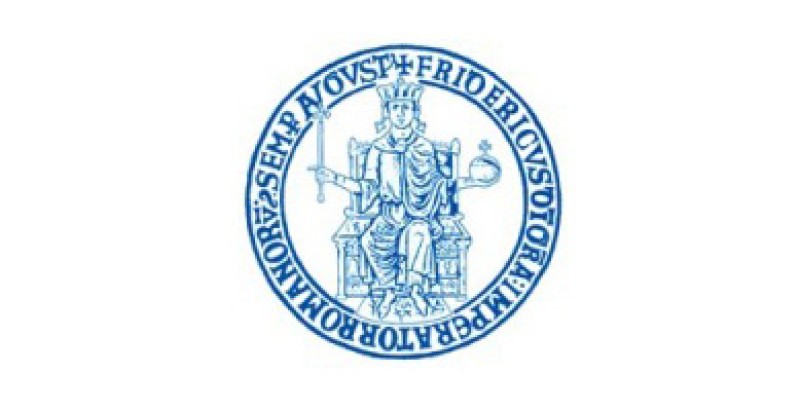Sub-theme 27: Scandals and Organization Studies
Call for Papers
Scandals are ubiquitous social phenomena at any age in history. They are consequential events that can have disastrous
impacts on the actors involved (Jensen, 2006), their affiliations (Pontikes et al., 2010), even on the country where they
occurred. Scandals are also normative and moral events. They can influence the culture and history of an organization or a
nation; they can become historical milestones for the collective society to reinforce social norms, such as in Oscar Wilde’s
law case, or transform and redefine these norms, such as with the French Impressionists (Adut, 2008). Therefore, scandals
have attracted the interest of scholars in different disciplines: sociology (Adut, 2005), economics (Healy & Palepu, 2003),
political science (Thompson, 2000) and communication (Entman, 2012). While organizational scholars have sporadically studied
scandals (cf. Greve et al., 2010; Graffin et al., 2013), there are untapped opportunities that scandals offer for many streams
of research within organization studies.
Scandals have a timeline and they develop through different moments.
Each of the moment touches a specific stream of research in organization studies. We are looking for papers that address,
but are not necessarily limited to the following areas and research questions:
- The anatomy of transgressions in and around organizations. Any scandal starts with a transgression, real or alleged. A transgression is a behavior that contravenes the norms of a society. Many streams of research in organizational literature have studied such behaviors: organizational misconduct (Greve et al., 2010), illegal actions (Wier, 1983), companies and firms' wrongdoing (Zavyalova et al. 2012), illegitimate actions (Durand et al., 2007). What are the necessary and sufficient conditions for a transgression to potentially become a scandal?
- Media vs. scandal: a two-way relationship. In the theory proposed by Adut (2005, 2008), a scandal results from the "disruptive publicity of a transgression". Therefore, a necessary condition for scandals hinges on publicity of the transgression. Media occupies a pivotal role in scandal dynamics (Graffin et al., 2013). Media and other infomediaries frame the discourse around the scandal evolution. However, not all publicized transgressions lead to scandals of significant importance. Although necessary, is publicity a sufficient condition? What are the organizational entanglements (being responsible for, a vehicle, an intermediary, or a victim of a scandal) that moderate or mediate publicity? What are the (economic, social, and political) market features that make a public space a conveyor of scandals? And what is the media's role in framing, conveying, modeling, and broadcasting scandal events?
- Stigmatization and after-effects. Given their high emotional and social intensity, scandals can have lasting consequences for organizations and society. They can stigmatize (Hudson, 2008) or create profound change in society (Adut, 2008). What are the reasons for scandal effects to endure in collectives, and what are the moderating influences of actors' and collectives' characteristics in this stage of the process?
- Reputational repair. While some effects of scandals are irreparable, others can be managed. Companies can use a range of tools to repair their harmed reputation, including impression management (Elsbach & Sutton, 1992), technical and ceremonial actions (Zavyalova et al., 2012) or through a multistage approach (Pfarrer et al., 2008).
- Methodological challenges in the study of scandalous disruptions. Given their social magnitude and their sequential nature, scandals present both methodological challenges and opportunities in each of their phases: how scandals are triggered, how they diffuse and what they cause. Indeed, the dynamics of scandals over time would seem to be the essence of the phenomenon. What are the best methods for studying scandal dynamics? What are the pros and cons of possible analytical strategies?
References
- Adut, A. (2005): "A Theory of Scandal: Victorians, Homosexuality, and the Fall of Oscar Wilde." American Journal of Sociology, 111 (1), 213–248.
- Adut, A. (2008): On Scandal: Moral Disturbances in Society, Politics, and Art. New York: Cambridge University Press.
- Durand, R., Rao, H., & Monin, P. (2007): "Code and conduct in French cuisine: Impact of code changes on external evaluations." Strategic Management Journal, 28 (5), 455–472.
- Entman, R.M. (2012): Scandal and Silence: Media Responses to Presidential Misconduct. Cambridge, UK: Polity Press.
- Elsbach, K.D., & Sutton, R.I. (1992): "Acquiring Organizational Legitimacy through Illegitimate Actions: A Marriage of Institutional and Impression Management Theories." Academy of Management Journal, 35 (4), 699–738.
- Graffin, S.D., Bundy, J., Porac, J.F., Wade, J. B., & Quinn, D.P. (2013): "Falls from Grace and the Hazards of High Status. The 2009 British MP Expense Scandal and Its Impact on Parliamentary Elites." Administrative Science Quarterly, 58 (3), 313–345.
- Greve, H.R., Palmer, D., & Pozner, J.E. (2010): "Organizations Gone Wild: The Causes, Processes, and Consequences of Organizational Misconduct." Academy of Management Annals, 4 (1), 53–107.
- Healy, P.M., & Palepu, K.G. (2003): "The fall of Enron." Journal of Economic Perspectives, 17, 3–26.
- Hudson, B., (2008): "Against All Odds: A Consideration of Core-Stigmatized Organizations." Academy of Management Review, 33 (1), 252–266.
- Jensen, M. (2006): "Should We Stay or Should We Go? Accountability, Status Anxiety, and Client Defections." Administrative Science Quarterly, 51 (1), 97–128.
- Pfarrer, M.D., DeCelles, K.A., Smith, K.G., & Taylor, M.S. (2008): "After the fall: Reintegrating the corrupt organization." Academy of Management Review, 33 (3), 730–749.
- Pontikes, E., Negro, G., & Rao, H. (2010): "Stained Red A Study of Stigma by Association to Blacklisted Artists during the 'Red Scare' in Hollywood, 1945 to 1960." American Sociological Review, 75 (3), 456–478.
- Thompson, J.B. (2000): Political Scandal: Power and Visibility in the Media Age. Cambridge, UK: Polity Press.
- Wier, P. (1983): "The costs of antimerger lawsuits: Evidence from the stock market." Journal of Financial Economics, 11 (1), 207–224.
- Zavyalova, A., Pfarrer, M.D., Reger, R.K., & Shapiro, D.L. (2012): "Managing the Message: The Effects of Firm Actions and Industry Spillovers on Media Coverage Following Wrongdoing." Academy of Management Journal, 55 (5), 1079–1101.


